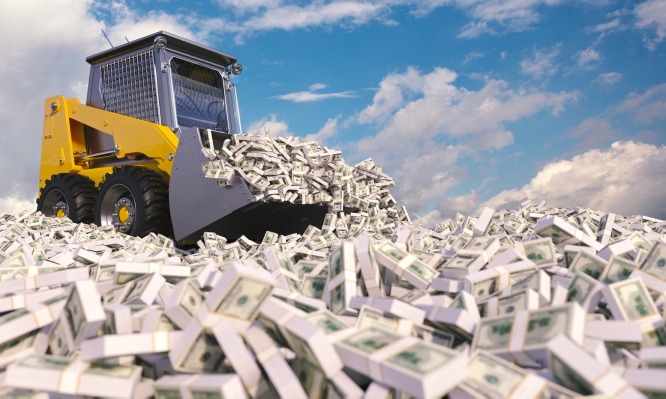A report of more than 400 SaaS companies found ‘best-in-class’ startups are still growing

It’s a fact that startups, regardless of industry, face more hurdles today than they did a year ago. Driven by inflation, the war in Ukraine and other economic headwinds, recessionary fears have put a squeeze on sources of funding that were previously easily attainable.
The consequence? Drastic cost-cutting: Through late June, 22,000 workers in the U.S. tech sector have been laid off this year, according to a Crunchbase News tally.
But not every startup is hurting for capital. In a new report, Capchase, a provider of nondilutive financing tools, analyzed over 400 private software-as-a-service (SaaS) companies generating between $1 million and $15 million in annual recurring revenue (ARR).
TechCrunch+ is having an Independence Day sale! Save 50% on an annual subscription here. (More on TechCrunch+ here if you need it!)
After comparing their performance to 42 SaaS unicorns that went public in 2020 and 2021, the firm concluded that “best-in-class” SaaS startups are still growing and that unit economics are reliable predictors of future success.
“At the current burn multiples, with current cash levels, SaaS companies of every size will find it hard to raise up rounds at the end of their runway,” Capchase CEO and co-founder Miguel Fernández told TechCrunch in an email interview. “[But] the outlook for SaaS is still incredibly strong, and those who manage to weather this storm will turn out stronger on the other side of it.”
“Net retention rate can have a similar impact on burn as growth and is usually much more efficient.” Capchase CEO and co-founder Miguel Fernández
According to the Capchase report, top SaaS companies are handily beating the “Rule of 40,” a maxim that suggests the sum of a company’s ARR growth percentage and net margin percentage (i.e., profit is generated as a percentage of revenue) should total at least 40%. Capchase suggests that successful companies achieve at least 80% and skyrocket to over 110% during the growth stage and maintain around 55% even after they go public.
Credit: Source link


Comments are closed.